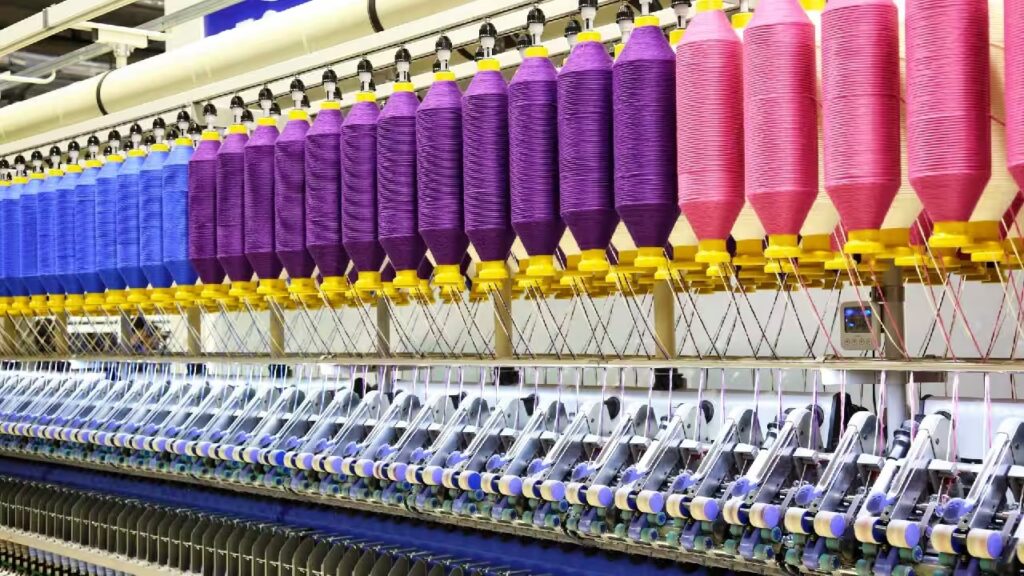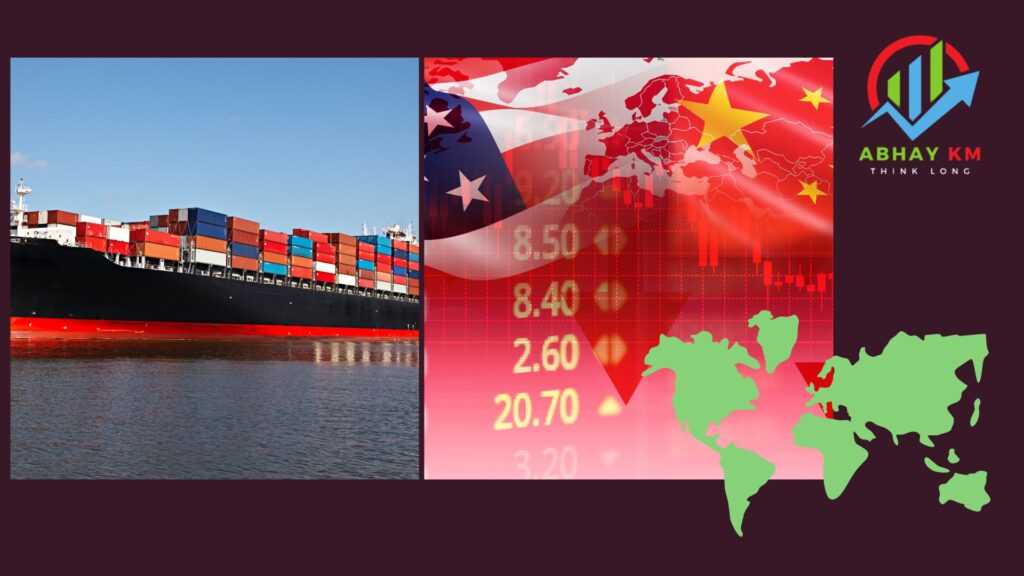
Industry Overview: Structure and Significance
The Indian textile industry is the second-largest employer after agriculture, providing livelihoods to over 45 million people directly and around 60 million indirectly. It contributes approximately 2% to India’s GDP, 12% to export earnings, and forms around 7% of total industrial output.
Segments of the Industry
- Cotton Textiles: India is the largest producer of cotton globally, with significant exports of yarn, fabric, and apparel.
- Man-Made Fibers (MMF): The sector is rapidly growing, driven by demand for synthetic fibers like polyester and viscose.
- Handloom and Khadi: The unorganized sector, supported by government schemes like the Khadi and Village Industries Commission (KVIC), plays a vital role in rural employment.
- Technical Textiles: A fast-growing segment with applications in industries like automotive, healthcare, and infrastructure.
Industry Trends (2000–2024)
2000–2010: Liberalization and Growth
- The dismantling of the Multi-Fibre Arrangement (MFA) opened global markets for Indian textiles.
- Government initiatives like the Scheme for Integrated Textile Parks (SITP) boosted infrastructure development.
- Major challenges included obsolete technology and competition from China and Bangladesh.
2011–2020: Consolidation and Diversification
- Technology Upgradation Fund Scheme (TUFS) provided financial support for modernization.
- Growth of e-commerce platforms increased domestic demand for apparel.
- Technical textiles emerged as a significant growth driver.
- However, the demonetization (2016) and GST implementation (2017) disrupted the unorganized sector.
2021–2024: Post-Pandemic Revival and Sustainability
- The COVID-19 pandemic accelerated the shift towards digitalization and direct-to-consumer (D2C) brands.
- The Production-Linked Incentive (PLI) scheme and MITRA Parks are driving investments in MMF and technical textiles.
- Sustainability has become a priority, with a growing focus on organic and recycled fabrics.
Key Growth Drivers and Challenges
Growth Drivers
- Rising Domestic Consumption: Urbanization and higher disposable incomes are boosting demand for branded and premium apparel.
- Export Potential: India benefits from the China+1 strategy, as global brands diversify their supply chains.
- Government Support: Initiatives like the PLI scheme, National Textile Policy 2022, and FTA agreements with ASEAN countries are enhancing competitiveness.
Challenges
- Raw Material Price Volatility: Dependence on cotton leads to fluctuations in input costs.
- Environmental Regulations: The industry must adopt sustainable practices to meet stringent environmental norms.
- Global Competition: India faces stiff competition from China, Bangladesh, and Vietnam in low-cost manufacturing.
Investment Scenario and Market Leaders
The Indian textile industry has attracted significant investments from both domestic and foreign players, driven by the sector’s potential for high returns and growth.
Top Textile Companies by Market Capitalization (2024)
| Company | Market Cap (₹ Cr) | Key Segment |
|---|---|---|
| Page Industries (Jockey) | 54,000+ | Innerwear and leisurewear |
| Vardhman Textiles | 20,000+ | Yarn and fabric |
| Raymond Ltd. | 17,500+ | Apparel and suiting |
| KPR Mill Ltd. | 14,000+ | Knitted garments |
| Trident Ltd. | 12,500+ | Home textiles |
| Arvind Ltd. | 10,000+ | Denim and lifestyle apparel |
| Welspun Living | 7,000+ | Home textiles and flooring |
| Garware Technical Fibres | 6,500+ | Technical textiles |
| Jindal Worldwide | 5,000+ | Denim |
| Siyaram Silk Mills | 4,000+ | Blended fabrics |
Government Initiatives Supporting Growth
| Scheme | Objective |
|---|---|
| TUFS | Technology upgradation of textile units |
| SITP | Infrastructure development of textile parks |
| PLI Scheme | Incentives for MMF and technical textiles |
| MITRA Parks | Establishment of 7 mega textile parks |
| National Textile Policy | Enhancing export competitiveness and jobs |
Future Outlook (2024–2030)
Opportunities
- Exports are expected to grow at a CAGR of 10%, reaching $100 billion by 2030.
- Domestic Market growth will be driven by rising urbanization and demand for branded products.
- Technical Textiles and smart textiles will dominate the future landscape, offering high-growth potential.
- Sustainability will be a critical factor, with companies adopting eco-friendly practices to remain competitive globally.
Key Trends to Watch
- Adoption of Automation and AI in textile manufacturing to enhance efficiency.
- Expansion of E-commerce channels for domestic and international sales.
- Innovation in Sustainable Fabrics to meet global environmental standards.
Conclusion
The Indian textile industry is at a pivotal point, poised for robust growth driven by favorable government policies, increasing domestic demand, and global export opportunities. For investors, the sector offers a blend of steady returns from established players and high-growth potential in emerging segments like technical textiles and sustainable fashion.
With strategic investments and technological advancements, India is well-positioned to strengthen its footprint in the global textile market and achieve sustainable, long-term growth.
Relevant Links and Resources
- Financial calculators
- Open demat account (Motilal Oswal)
- Open demat account (Angel One)
- NSE India
- BSE India
- MCX (multi commodity exchange)
- AMFI (association of mutual fund India)

